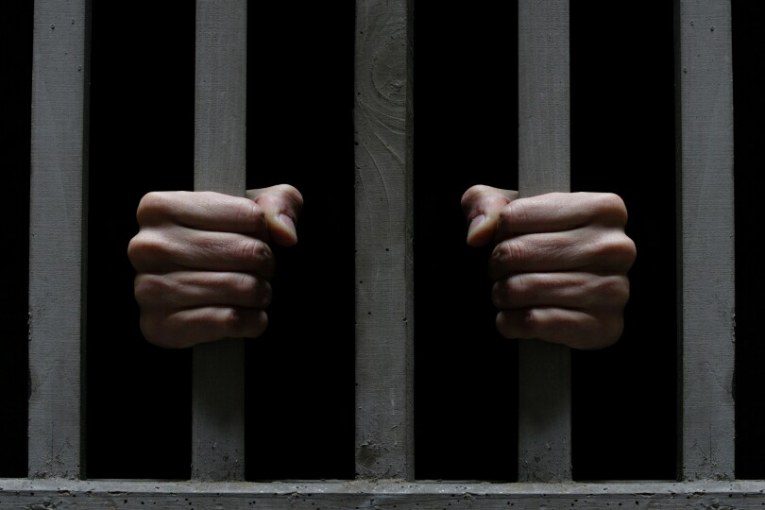

A new fact sheet from The Sentencing Project highlights the persistence of incarceration disparities among youth of color. Latino youth are 65 percent more likely than white youth to be detained or committed to youth facilities.
For Latino youth, the disparity has declined slightly since 2001. In 37 states, Latino youth are more likely to be in custody than white youth. From 2001 to 2015, Latino-to-white disparities grew in 20 states.
Latino Disparities in Youth Incarceration
From The Sentencing Project
Latino youth are 65 percent more likely to be detained or committed than their white peers, according to data from the Department of Justice collected in October 2015 and recently released. While this disparity is concerning, the data represent a modest improvement from 2001, when Latino youth were 73 percent more likely to be in placement. The Latino disparity is smaller than that for African American youth, who are 500 percent more likely than white youth to be detained or committed.
These data should be viewed with caution due to limitations and variation in collection of Latino data throughout the justice system. In some states there is likely an undercount of Latinos, who are labeled as white, reducing the reported rate of ethnic disparity. In other states, improvements in the collection of Latino data between 2001 and 2015 implies worsening ethnic disparities though actually reflecting growing accuracy of data.
Juvenile facilities, including 1,800 residential treatment centers, detention centers, training schools, and juvenile jails and prisons held 48,043 youth as of October 2015. Twenty-two percent of 
these youth were Latino. In 37 states Latino youth are more likely to be in custody than white youth.
Between 2001 and 2015, overall juvenile placements fell by 54 percent, including declines for whites, blacks, and Latinos. But since white placements fell to a greater degree (64 percent) than the other groups, racial and ethnic disparities increased from the start of the century even as the overall figures were declining.
Latino youth’s placement rate was 142 per 100,000, 65 percent higher than white youth’s placement rate of 86 per 100,000. Ethnic disparities grew in 20 states, did not change in one, and decreased in 28.
- In eight states, Latino youth are at least three times as likely to be held in placement as are white youth: Massachusetts, New Jersey, South Carolina, Montana, Connecticut, Pennsylvania, Utah, and Rhode Island.
- Three states saw their Latino/white disparity more than double: Maryland, Virginia, and Wisconsin.


Is it maybe because Latino youth commit more crimes than white youth?
The incarceration rate discrepancy is solely not explained by commission of crime rate
The article doesn’t show any stats showing that a Latino youth committing the same crime as a white youth has a 65% more chance of being incarcerated. Until that can be proven this is all just conjecture.
This article is one small piece of a much larger puzzle.
This might have more interesting meaning if the statistics could be normalized to family income level. It might be expected that youth who come from families with higher family incomes have means to better education (a potential deterrent to encounters with criminal justice system) and even to legal services if they were arrested and indicted.
I think it wouldn’t be too hard to show that as a percentage, more Latino youth come from families with lower income levels than white youth.
Agree… but we should also compare latino, white, black, asian… see if there are patterns that emerge… I suspect the family income and education levels will “pop out” as significant variables…
Just watching a webinar and Marc Mauer of the Sentencing Project (same org cited here) made the point that people are color are overidentified as committing crimes and then disproportionately prosecuted for those crimes.